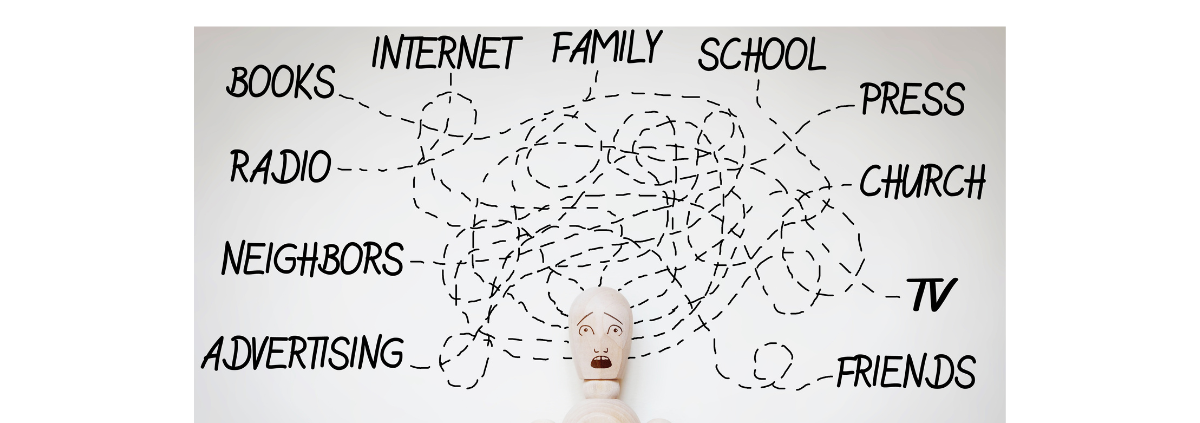The information war is well and truly on. And while that does not sound sinister in itself, a deeper look into what it constitutes is enough to bring grief to all sane and discerning people. That’s because the information war is not really about spreading facts — it is a vicious and dangerous cycle of passing off half-truths and lies as facts. Today, disinformation campaigns are swirling all around us, unbeknownst to many.
Information is power, and it is worth more than any other commodity. Give it a twist, make the lies look believable, and a powerful weapon of destruction is ready. In fact, disinformation has become a preferred method of warfare, and it is becoming increasingly difficult to quell it.
The tools of information warfare
Information warfare and disinformation campaigns are far more effective when they have a powerful needle mover at their core, say death or politics. A complicated web of fake news, deceitful twists, and misinformation is woven around it — which then gets circulated with alarming regularity and precision. A heady cocktail of misinformation, disinformation, and media manipulation is offered to the masses to imbibe so that they can further permeate the cause.
Many disinformation campaigns have a remarkably simple methodology: Cleverly manipulated data. Mark Twain talked about “lies, damned lies, and statistics” way back in 1907. He may as well have defined information warfare and disinformation campaigns, for that is how they are unleashed.
Technology is helping unleash the war
Technology has enabled information warfare to grow to monstrous and frightening proportions. The latest weapon available for spreading disinformation is deepfake videos. While fake news and content are nothing new, deepfakes go way further. Deepfakes leverage powerful technologies like Machine Learning (ML) and Artificial Intelligence (AI) to manipulate or generate visual and audio content with a high potential to deceive.
The term “deepfake” was first used in 2017 in a Reddit post, referring to the use of deep learning AI techniques to generate fake content. Since then, deepfakes have bombarded the world, with fake text, photos, audio and videos surfacing everywhere. In its research, one AI company found more than 85,000 deepfake videos circulating on the Internet.
While some deepfakes are meant for entertainment, satire or artistic provocation, most of them have a much more sinister purpose. A study conducted in 2019 found that as much as 96% of deepfake videos involved non-consensual face-swapping pornography, targeting celebrities or civil rights campaigners. Technologies can also be used to generate false journalistic bylines and fake articles, thus fuelling disinformation.
While it is a no-brainer that disinformation campaigns constitute a grave danger to the entire world, the biggest threat they pose is the doubt they create about authentic news. With so much misinformation and disinformation floating around, people begin to question all news and all information, even if they are 100% correct. The cynicism generated among people by fake news, incorrect information, and manipulated videos is such that it then becomes easy for those spreading disinformation to pass off real information as fake. So, the fake is projected as real, and vice-versa.
Making a section of the global population disbelieve everything by making some other section believe everything is a real danger — it totally devalues the currency of truth. Indiscriminate belief is bad enough, but indiscriminate doubt can be worrisome. Those who spread disinformation and indulge in information warfare achieve their purpose in both cases, as their aim is to not only make people believe false information but also create confusion and generate cynicism and doubt. It is a no-win situation. Nobody wins in this war; everyone loses. Steering clear of disinformation requires one to be vigilant, not get swayed by emotions, and learn to be objective.
https://www.ft.com/content/6e103e44-acc7-4136-9c37-58543507138a



